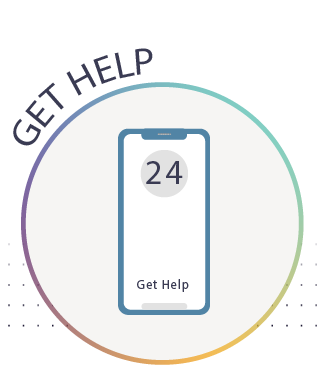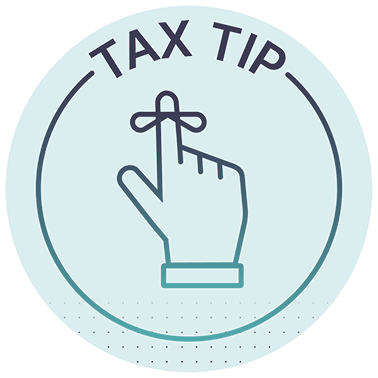- Forms W-2 from employer(s),
- Forms 1099 from banks, issuing agencies and other payers including unemployment compensation, dividends, pension, annuity or retirement plan distributions,
- Forms 1099-K, 1099-MISC, W-2 or other income statement for workers in the gig economy,
- Form 1099-INT if you were paid interest,
- Other income documents and records of digital asset transactions,
- Form 1095-A, Health Insurance Marketplace Statement to reconcile advance payments or claims Premium Tax Credits for 2022 Marketplace coverage,
- IRS or other agency letters,
- CP01A Notice with your new Identity Protection PIN.
The various forms listed above usually start arriving by mail or are available online from employers and financial institutions in January. Taxpayers should review them carefully. If any information shown on the forms is inaccurate, the taxpayer should contact the payer as soon as possible for a correction.
Make sure and keep your records in case the IRS has questions, requests additional information, or your return is selected for examination.
Digital assets, in the broadest sense, are an item that is created and stored digitally, has value, has established ownership, and is discoverable. The Treasury Department has added to the definition that a digital asset must be recorded on a cryptographically secured distributed ledger or any similar technology.
Find out more on digital assets and how this may apply to you.





